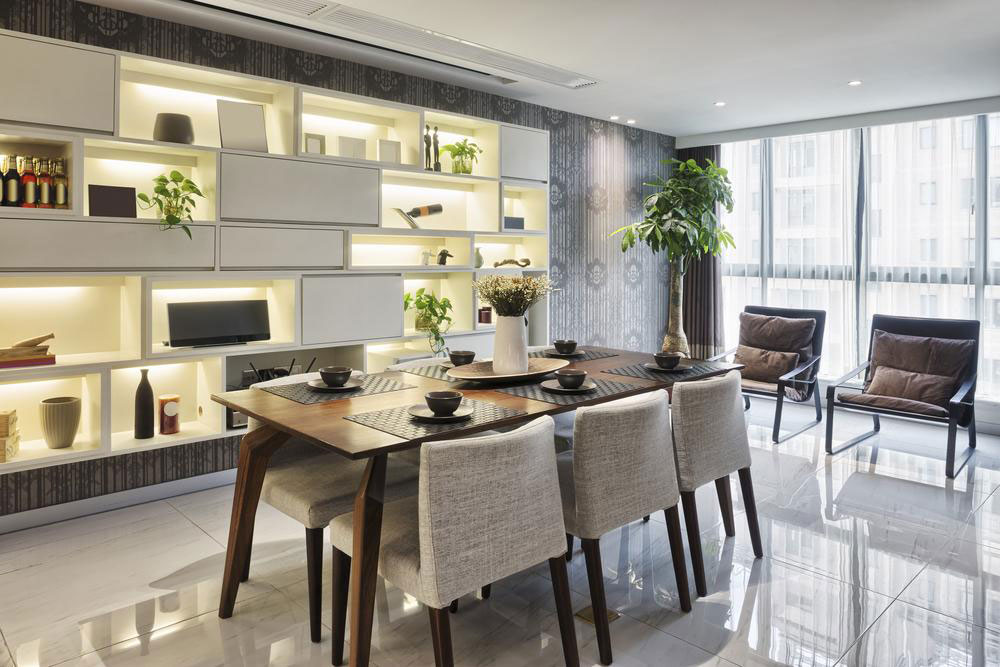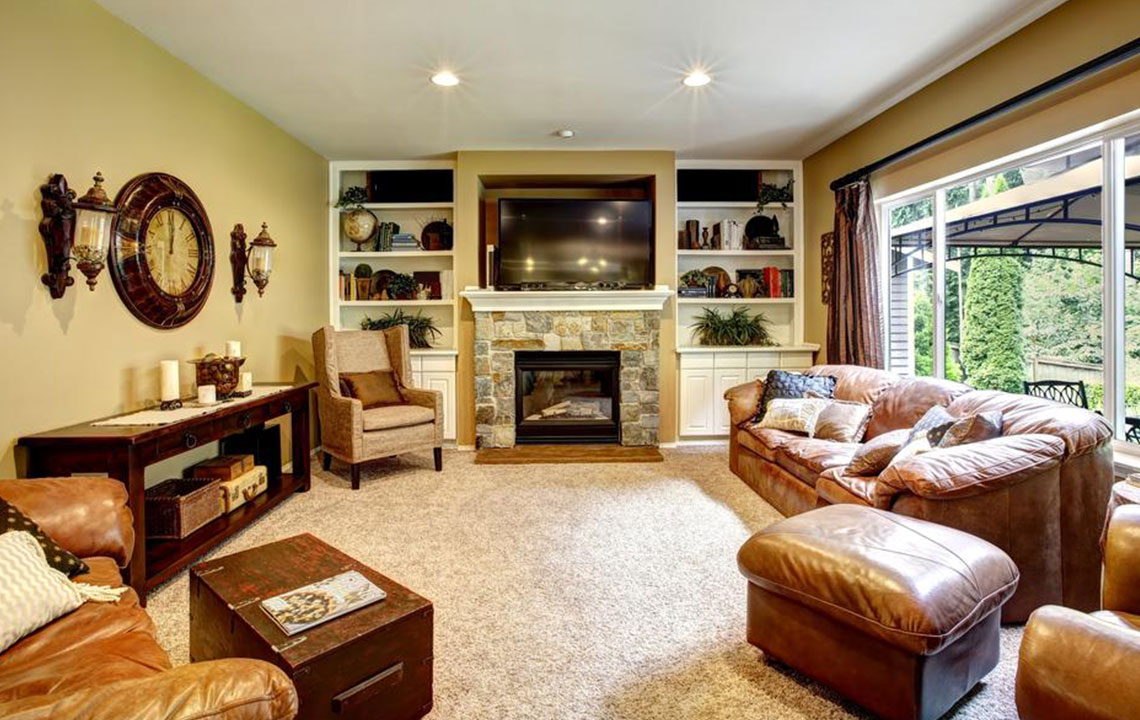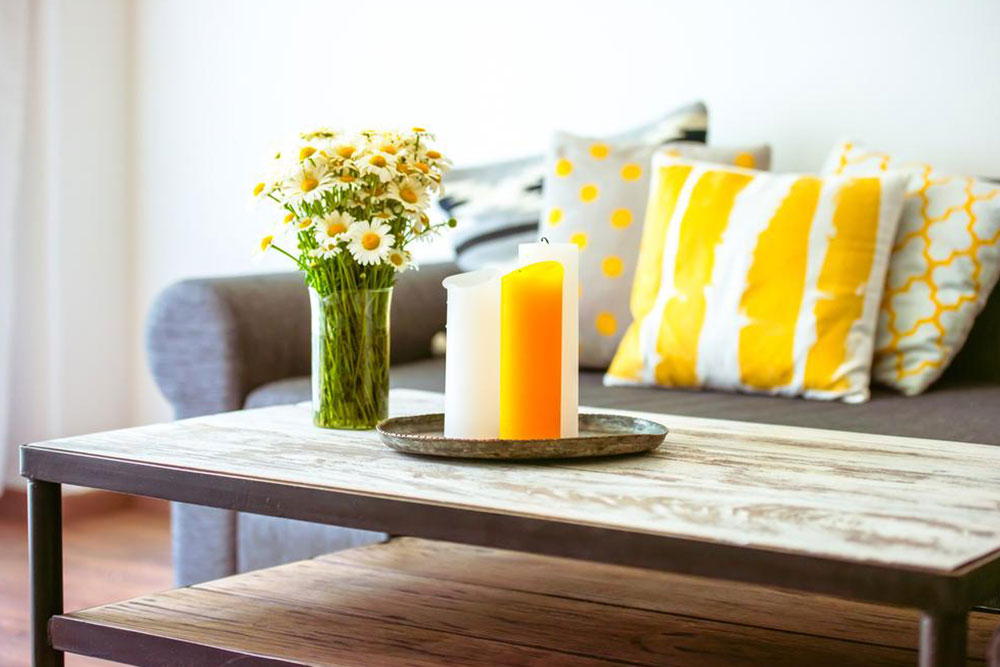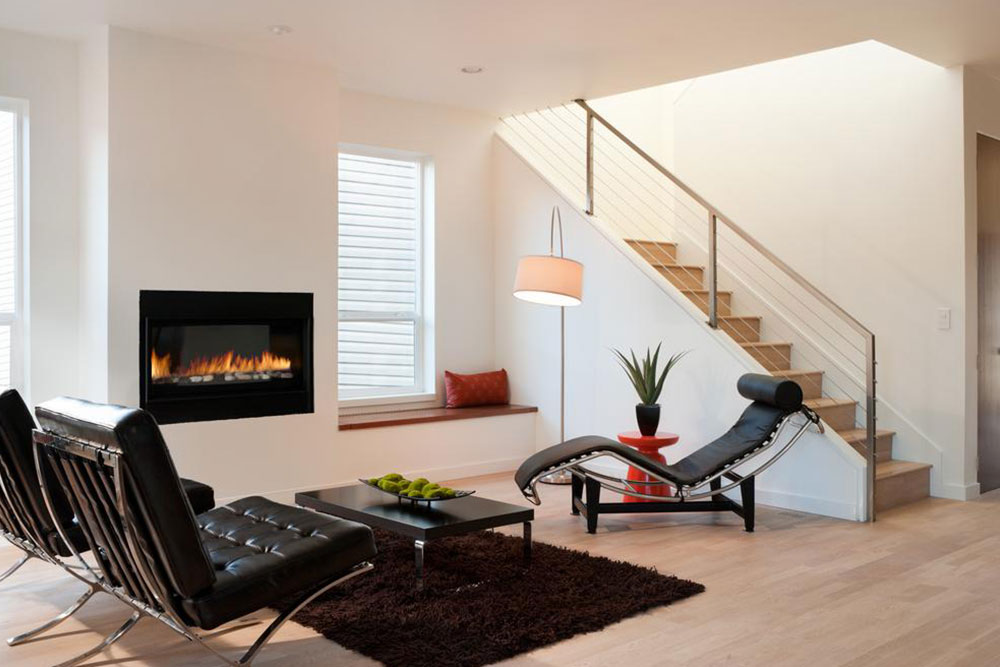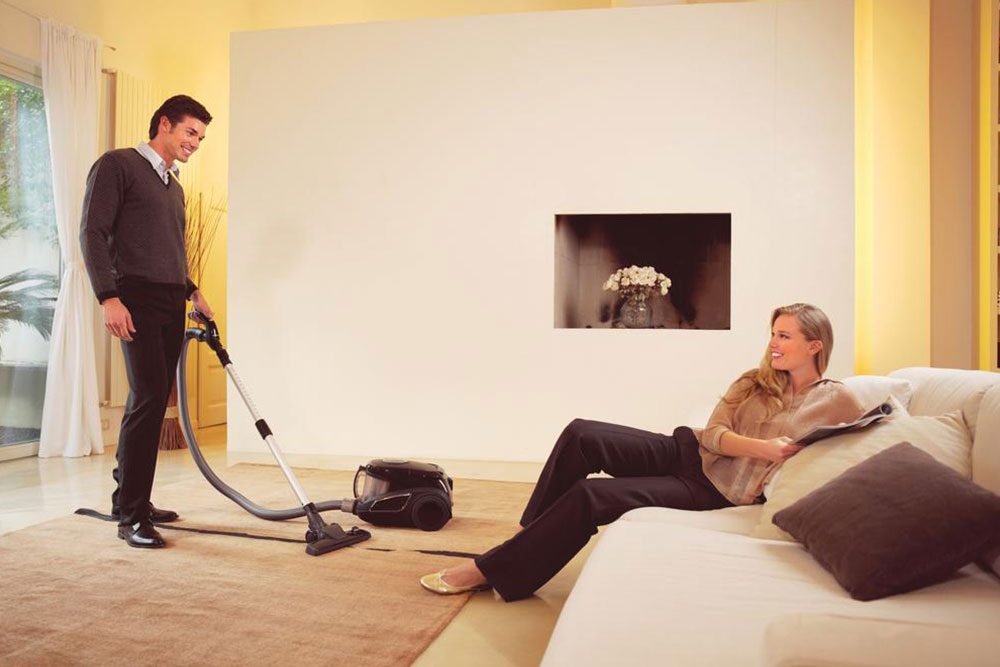A Guide to Different Types of Carpets and Their Uses
This comprehensive guide explores different types of carpets, considering materials, styles, and durability factors. It helps buyers choose suitable options for various spaces based on traffic and purpose, emphasizing the importance of matching carpet type with usage needs for longevity and style.
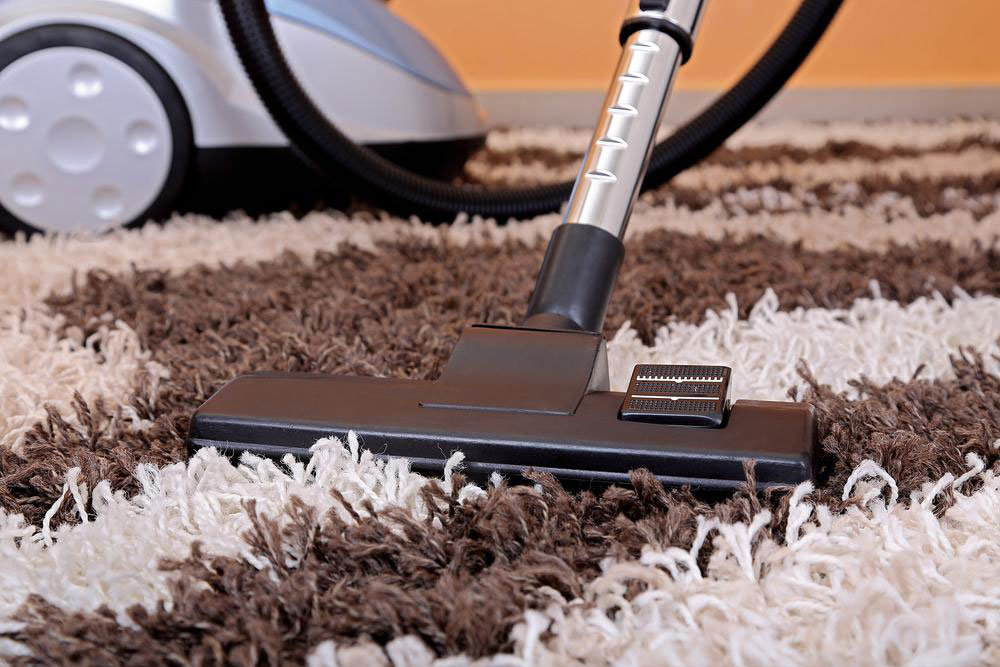
A Guide to Different Types of Carpets and Their Uses
The evolution of the carpet industry over the past two decades has been driven by technological progress, broadening options for consumers. Modern, contemporary, and handmade carpets all offer unique styles suited for various needs. Selecting the right carpet depends on several factors, including material, design, and placement.
Key Factors to Consider
The material and construction of a carpet are crucial when choosing one for your space. Different carpets are designed specifically for certain areas, making selection easier. Area rugs are versatile and popular because they serve multiple purposes. The intended use and location should guide your decision.
The amount of foot traffic in the area is another consideration. High-traffic zones require sturdy, durable carpets made from tough materials. For spaces with less traffic, softer, plush carpets are suitable. For example, living rooms often experience high footfall, so choosing resilient carpets there is advisable. These considerations are vital for long-term satisfaction.
Major Categories of Carpets
Carpets are primarily divided into two main types: cut pile and looped pile.
Cut pile carpets feature fibers cut to a uniform length, resulting in a soft, plush surface ideal for low-traffic areas like bedrooms and lounges. Looped pile carpets have fibers looped on top, making them exceptionally durable and suitable for high-traffic environments.
Subcategories and Detailed Features
Within cut pile carpets, two main styles exist: textile and frieze. Textile carpeting has straight fibers and offers a traditional look, while frieze carpets feature twisted fibers for enhanced durability. Looped carpets include versions like level loop styles, which resist footprints and are perfect for busy areas. Berber carpets, rooted in tradition, are a notable example. Modern manufacturing techniques have expanded their design possibilities, allowing for creative patterns and textures. When selecting a carpet, consider your specific needs, traffic levels, and aesthetic preferences to ensure a perfect fit.


